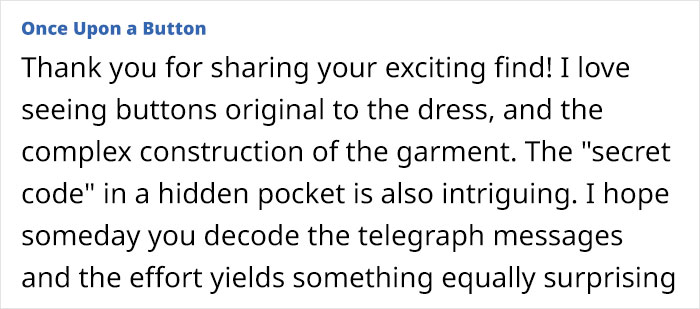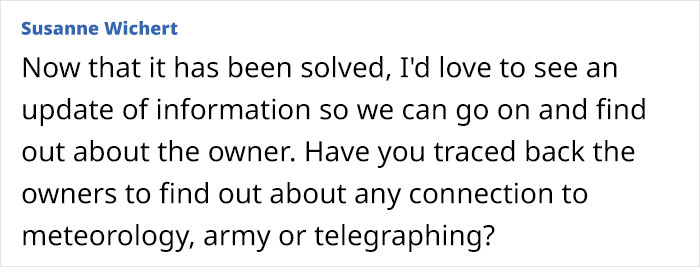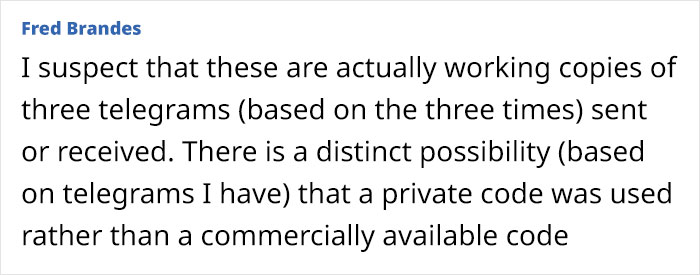An antique dress bought a decade ago with coded messages dating back from the 19th century was unveiled, revealing it was a U.S. Army Signal Corps weather observation, providing a glimpse into historical meteorological practices.
In 2013, a certain Sara Rivers Cofield spotted a brown dress for sale at an antique mall in Maine. As an archeologist who also collects old dresses and handbags for fun, Sara fell in love with the dress’ metal buttons and elaborate bustle.
Upon bringing the intriguing gown back to her home, Sara discovered a secret pocket hidden under the bustle, inside the seams of the skirt. Further inspection of the secret pocket also revealed crumpled bits of paper.
A dress was revealed to be a U.S. Army Signal Corps weather observation artifact from the 19th century, 10 years after being purchased from an antique store
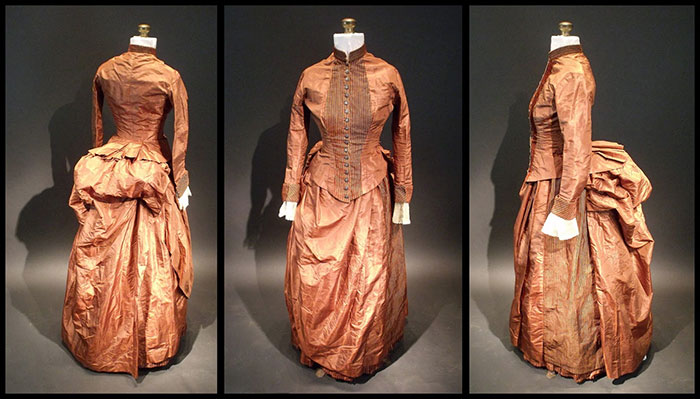
The archeologist observed that both the dress and the paper were likely from the 1880s, but couldn’t fully understand the meaning of messages written on the paper – lines of text, many beginning with a place name, followed by seemingly random verbs and nouns, the National Oceanic and Atmospheric Administration (NOAA) reported.
Sara described her findings on her blog: “There are also numbers between the lines, each line is marked off with a different color, and there are weird time-like notes in the margin; 10 pm, 1113PM, and 1124 P. I feel like those clues actually DO point to code of some kind.
Sara Rivers Cofield, an archaeologist and dress collector, stumbled upon the dress in 2013 at a Maine antique mall, discovering a hidden pocket with crumpled papers
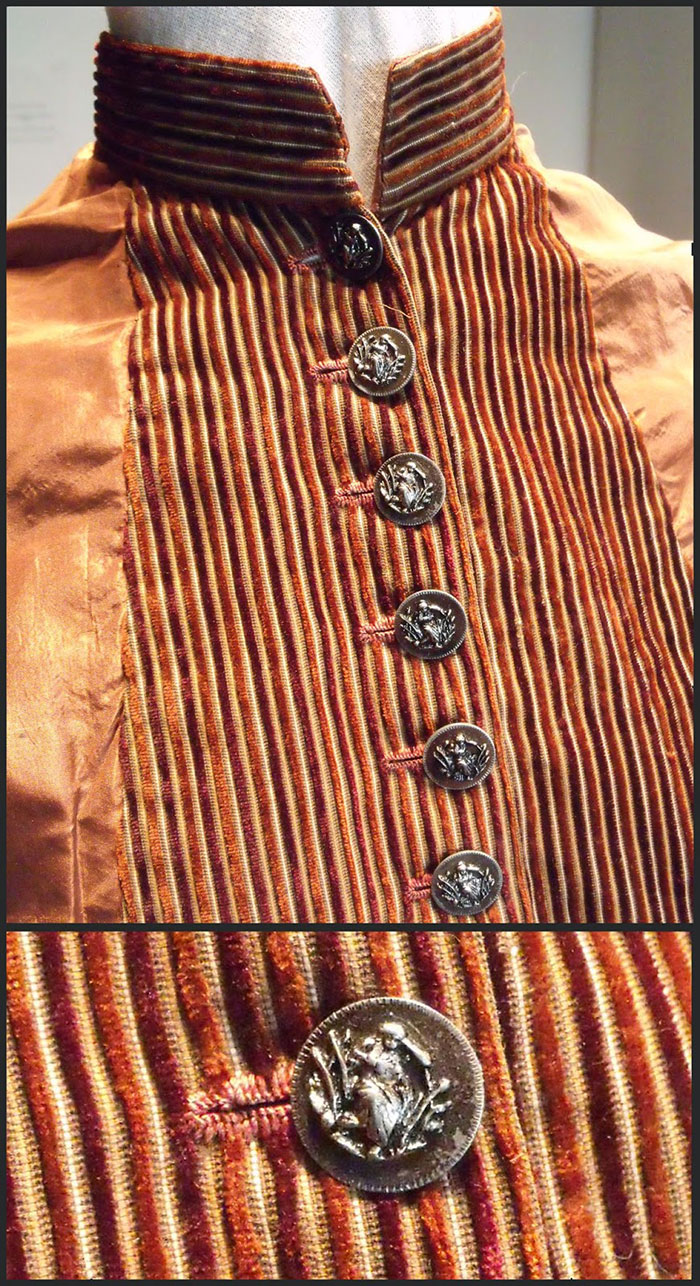
“I’m putting it up here in case there’s some decoding prodigy out there looking for a project.”
Following her appeal online, people from all over the world took an interest, with online forums like Reddit putting forward various theories, ranging from love notes to dress measurements, and even illegal gambling as well as war codes.
However, more experienced antique dealers and code breakers put the theories to rest, with some making the likely argument that the secret message was some sort of telegraphic code, related to the new communications infrastructure that began crisscrossing the globe in the 1800s, the NOAA reported.
Some of the papers had baffling messages such as “Bismark omit leafage buck bank,” or “Calgary Cuba unguard confute duck fagan”
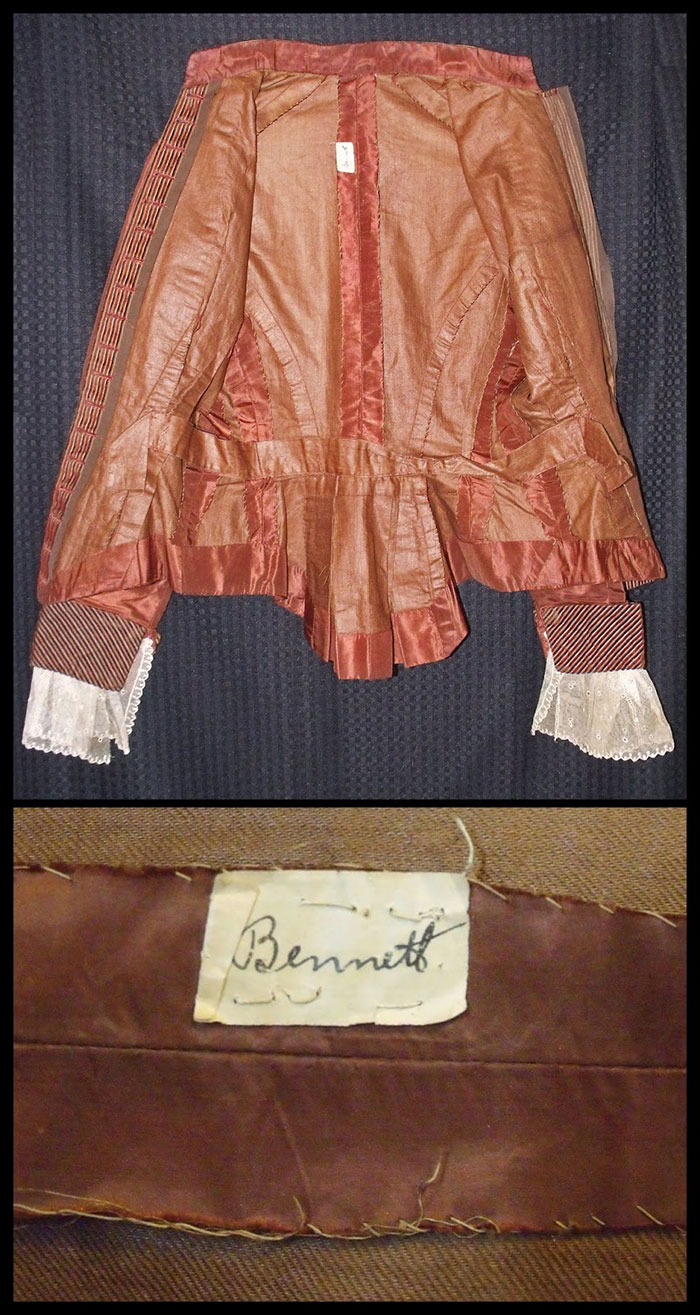
According to the administration, the invention of the telegraph changed how news was shared in the mid-1800s, which suddenly saw people sending messages from town to town quickly.
Researcher Wayne Chan from the University of Manitoba explained in an academic paper: “Since telegraph companies charged by the number of words in a telegram, codes to compress a message to reduce the number of words became popular.”
Wayne exemplified that “A phrase such as ‘The crew are all drunk’ may be substituted with a codeword such as “CRIMPING.”
Nevertheless, Wayne and other code breakers across the internet couldn’t figure out which particular codebook the dress’ series of words came from.
The cryptic messages were ranked among the top 50 unsolved codes and ciphers in the world
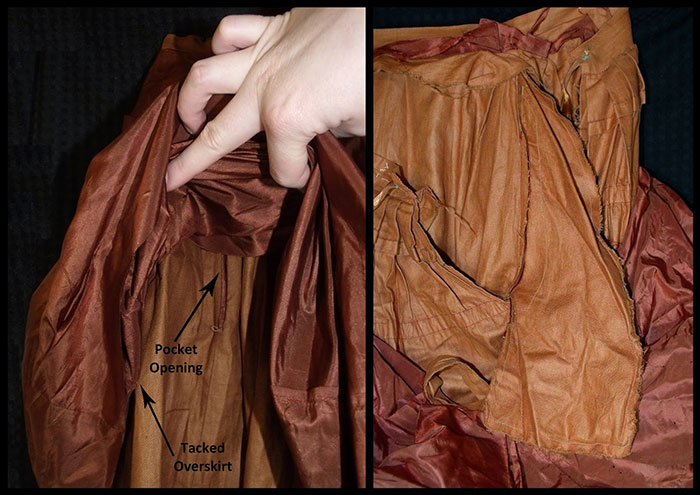
The silk dress cryptogram, as it came to be known, was considered by expert and amateur cryptogram lovers to be one of the top 50 unsolvable codes in the world for the past decade, as per the NOAA.
Wayne, who solves codes as a hobby, decided to dedicate himself to answering those questions once and for all, and following a search through approximately 170 telegraphic codebooks, he decided to learn more about the era of the telegraph.
Upon discovering an old book called Telegraphic Tales and Telegraphic History, which contained a section about the weather code used by the U.S. Army Signal Corps, the researcher found examples that were similar to the codewords from the dress, leading him to believe that the code was related to weather.
Code breakers suggested the hidden messages were likely telegraphic codes related to the 1800s global communication infrastructure
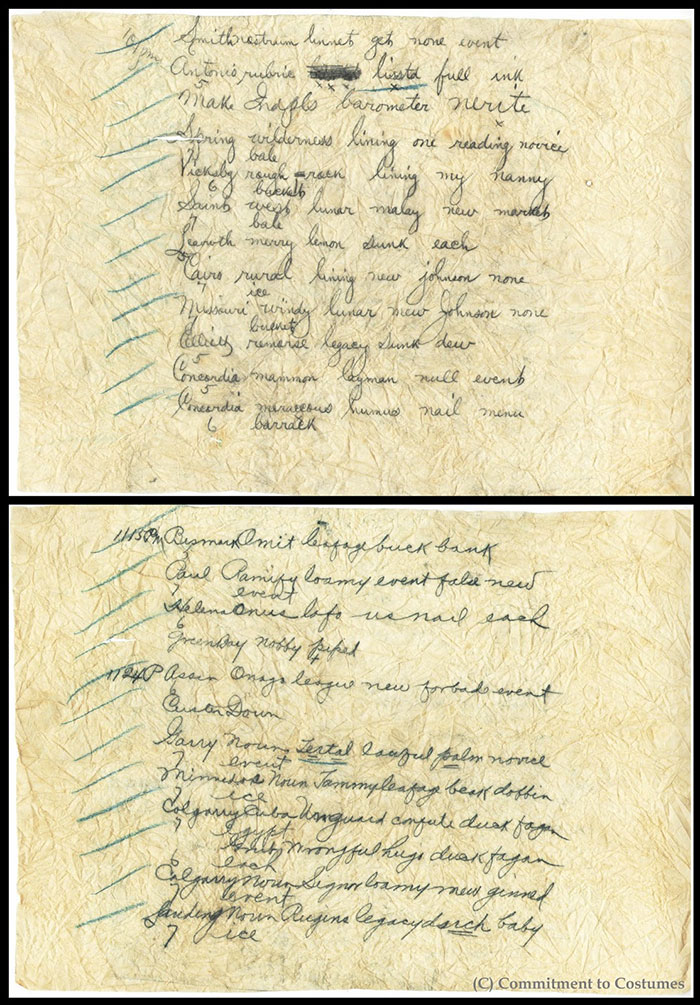
The telegraph’s invention also revolutionized weather forecasting, allowing weather news to outpace the actual weather. But to save money, meteorological variables needed to be shortened into code books.
As a result, the silk dress cryptogram was likely utilized by the Army Signal Service Division from 1870 to 1891. The division was a bureau that would eventually become NOAA’s National Weather Service.
After connection with Katie Poser, a librarian at NOAA’s Central Library in Silver Spring, Maryland, Wayne received a PDF copy of a weather telegraph code book, published in 1892.
Using the NOAA resource that Katie sent to him and some other resources, Wayne deduced that the messages were from Signal Service weather stations in the U.S. and Canada.
Each line written on the papers indicated weather observations at a given location and time of day, which was telegraphed into a central Signal Service office in Washington, DC, the NOAA reported.
Wayne Chan eventually cracked the code, revealing it was a weather code used by the U.S. Army Signal Corps from 1870 to 1891
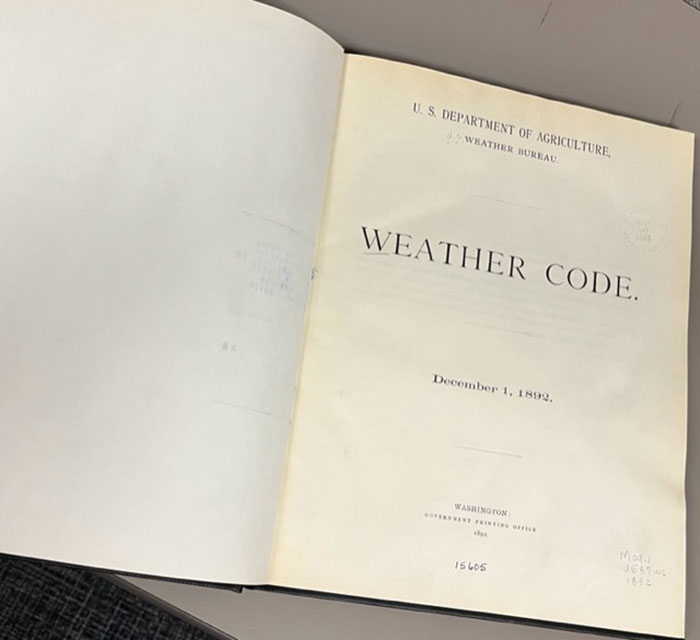
Further research using old daily Signal Service weather maps provided by the NOAA Central Library also allowed the researcher to deduce that those observations were taken on May 27, 1888.
Katie noted: “It was interesting to see how far the impact of the Weather Service went.“ She added: “We were glad we could help. We don’t want to gatekeep any of this information. It should be accessible to anyone that wants or needs it.”
Despite cracking the code, other mysteries have yet to be solved as the NOAA still doesn’t know who owned the dress or why she had weather codes stuffed in a hard-to-access pocket near her petticoats one spring day.
Each line written on the papers indicated weather observations at a given location and time of day
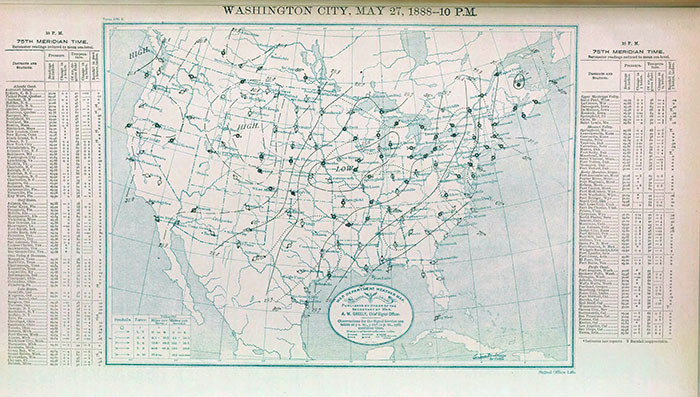
Archeologist Sara also observed that the dress was not what someone would wear to a ball. It was more like the ‘business casual’ of the day, which indicated that it might have been worn to work.
Researcher Wayne further documented that a number of women worked as clerical staff at the Washington, D.C. offices of the Army Signal Service in the 1880s.
Moreover, despite a small label found inside the dress reading “Bennett”, attempts to conclusively connect any woman with the name and staff of the D.C. Signal Service office failed.
There reportedly was a man named Maitland Bennett working there as a clerk during this time period, and his wife might have been a possible candidate for owning the dress, but she was eight months pregnant when the weather observations were taken and unlikely to have been wearing the dress at the time.
Sara exclaimed: “Everybody loves a mystery.”
Readers came up with their own theories about the code of the mysterious silk dress
